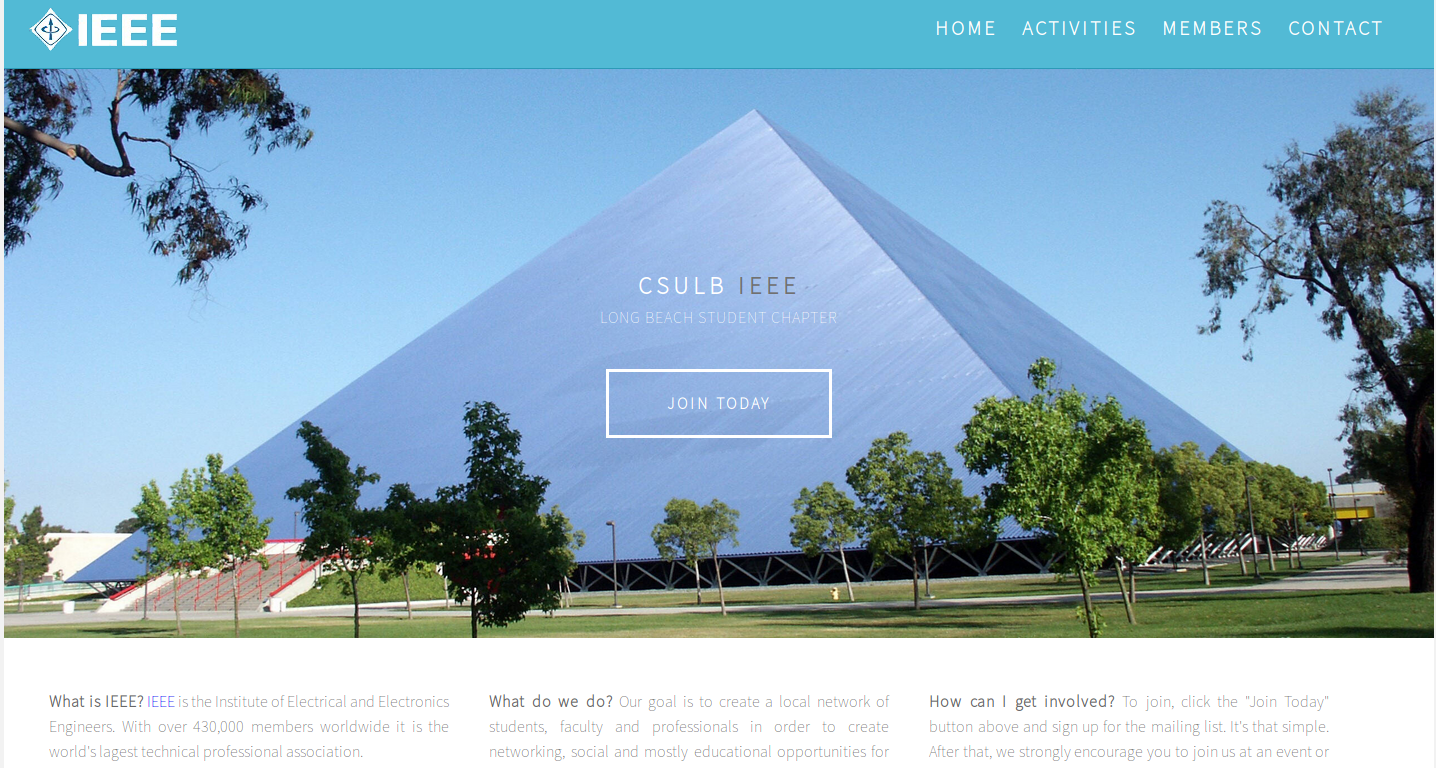Chem-E-Car
Chem-E-Car is a student competition to build a chemical powered car to transport a certain payload a certain distance (weight and distance are only revealed an hour before the competition). I was asked by a group of Chemical Engineering majors at CSULB to design the electronics for their Aluminium-air battery powered car.
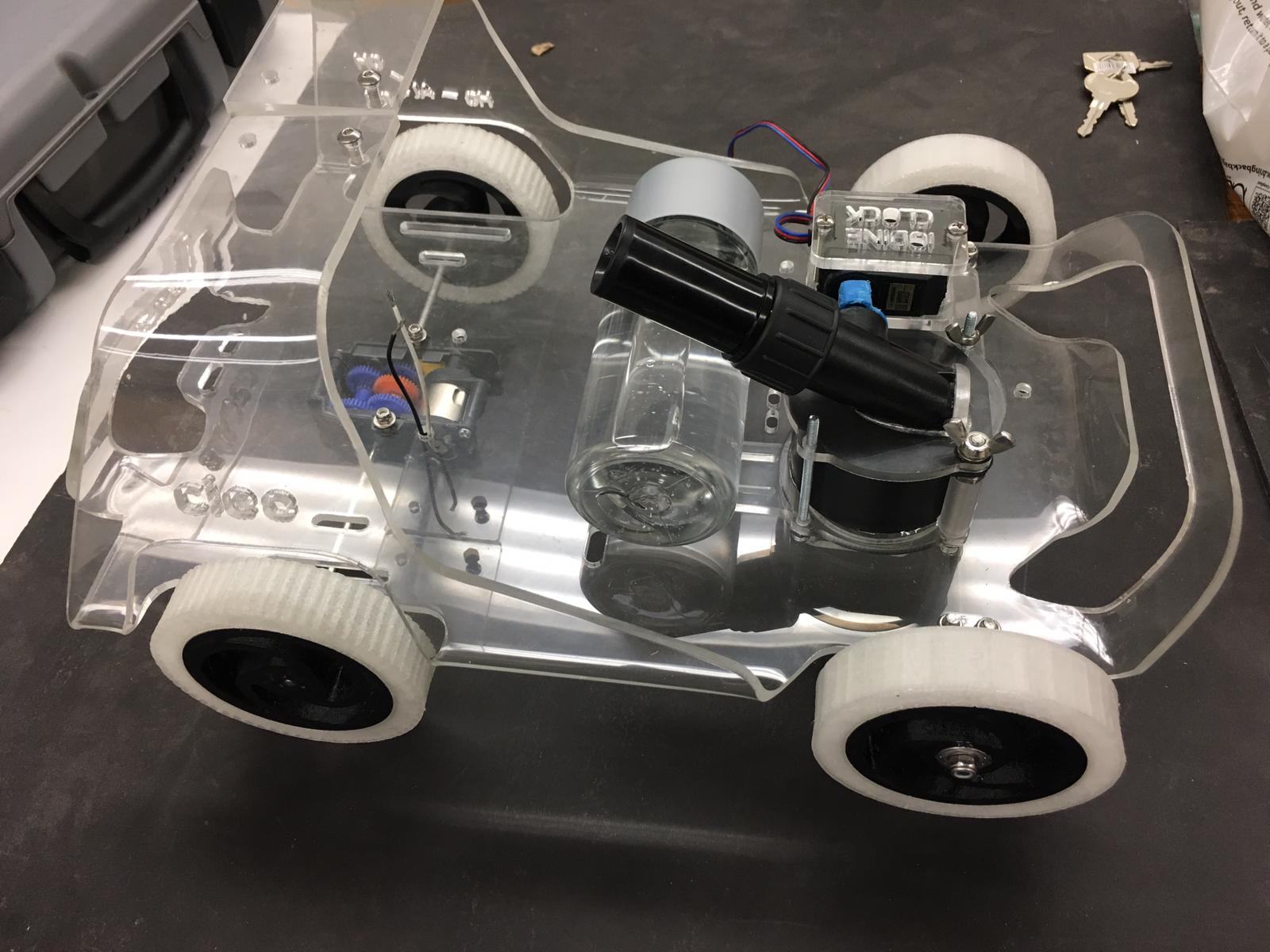
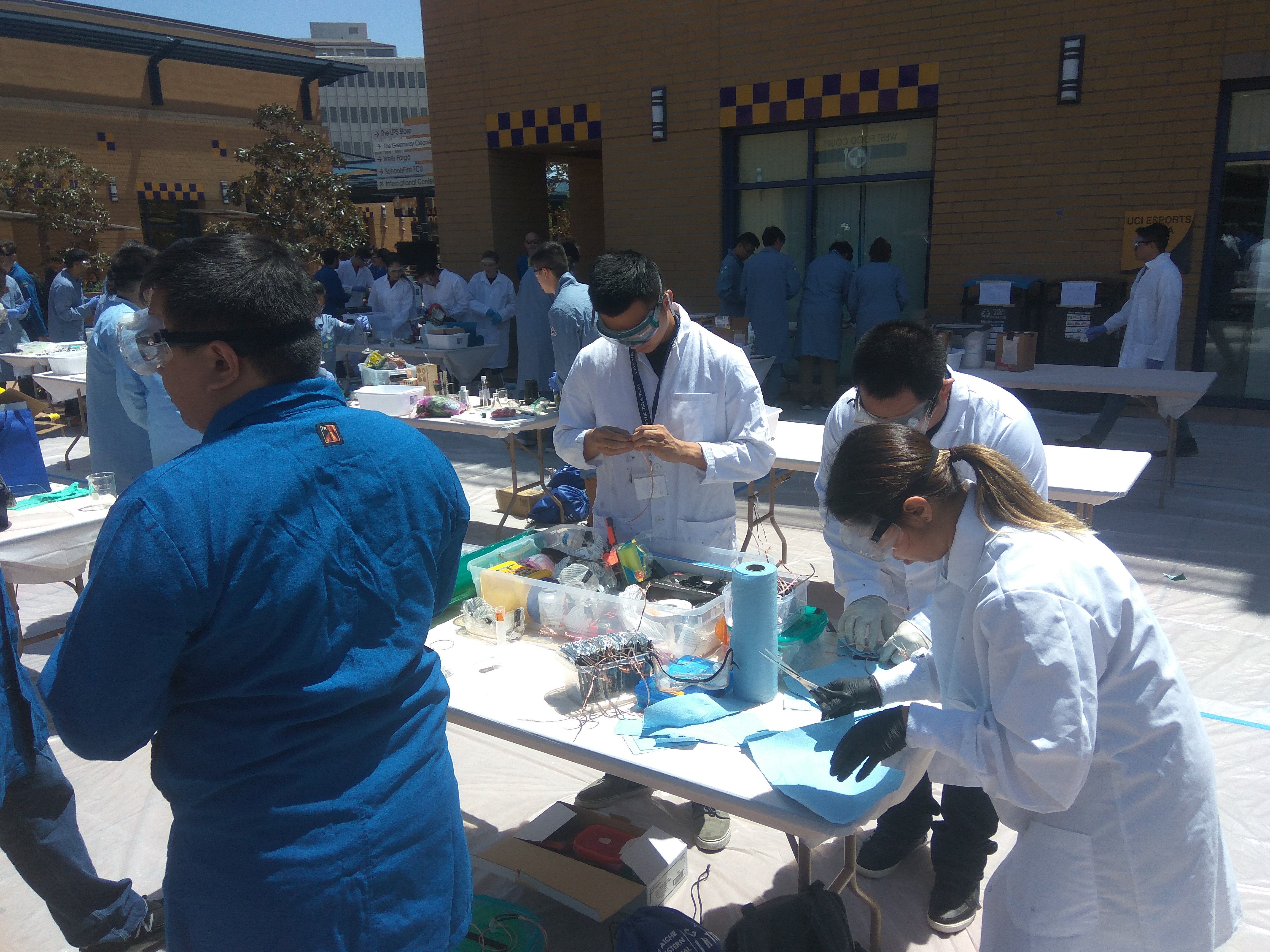
Although the system for this car was quite simple (turn a servo, read a sensor, start stop a motor), the difficulty came from making the system robust and easy to use for non-electrical engineers in a stressful situation where the sensors and batteries have to be disconnected, reconnected and the electronics are around corrosive chemicals.
I ended up using T connectors for the battery connection and color-coded banana-plugs (EC2) for the sensors as I found them to be robust enough for the application but also not too difficult to disconnect that the users will pull on the wires too hard and damage components down the line. JST connectors, for example, did not work well here.

Left:EC2, Right:T connector
UCSB Hackathon
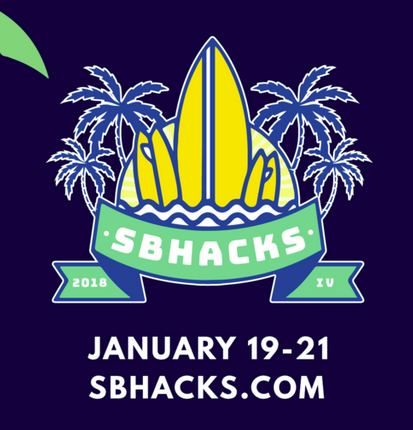
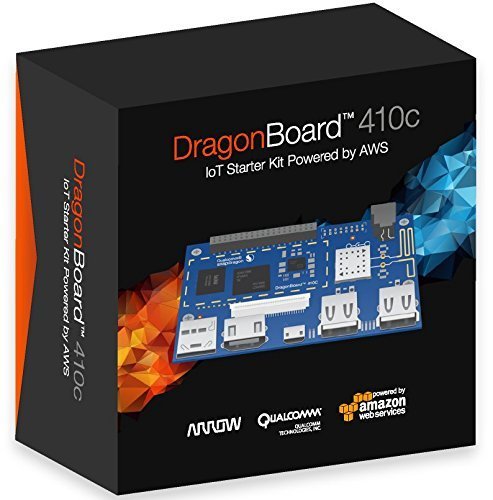
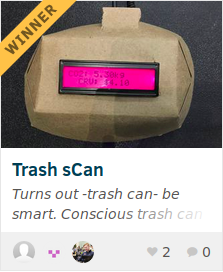

Earlier this year, I decided to try my hand at a Hackathon with my Micromouse teammates. We drove to Santa Barbara for one of the largest hackathons in the country and ended up winning "Best IoT Hack" for our trash can data collection device. I wrote a full summary on the event's Devpost page.
Engineers for a Sustainable World
As a member of Engineers for a Sustainable World (ESW), I worked on a solar kiosk that won grants from IBM Students for a Smarter Planet, 1st place in the CSULB Green Generation Mixer Project Showcase and a feature in the CSULB sustainability magazine.
For this year's Green Generation Mixer, I designed the electronics for an automated aquaponics system which gathered a lot of attention but lost to fellow club member Anesia Canty's amazing water filtration system
The main issue the team already working on the aquaponics project ran into had to do with timing the system to perform tasks at long intervals, such as turning off the lights after 3 hour intervals. Having some experience in IoT projects however, I knew this wasn't a very difficult problem. We ended up implementing a real-time clock module to wake up the microcontroller at certain intervals. For the Green Generation Mixer, we added a button to simply trigger every subroutine in turn to demonstrate the pumps, lights and sensors.

Aquaponics on Display
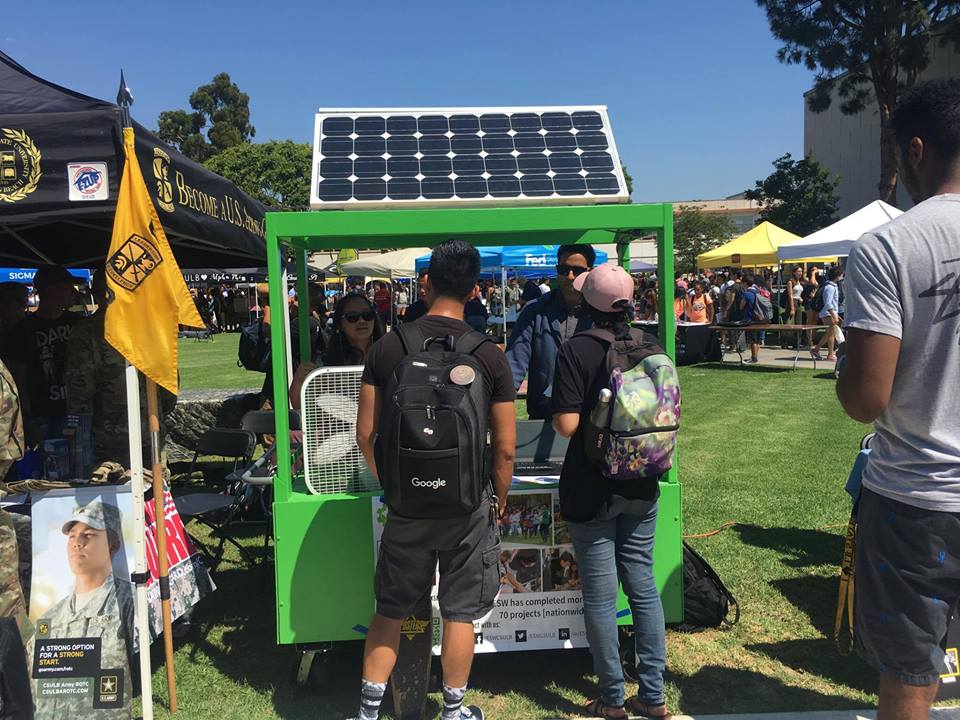
Solar kiosk supplying power to keep people cool and play music at CSULB's 2018 Week of Welcome
Web Development
Although I have no interest in web development as a career, I have created some websites for the student organizations I was a part of, as well as the website you're seeing right now. This website was created using Pure.css css modules
